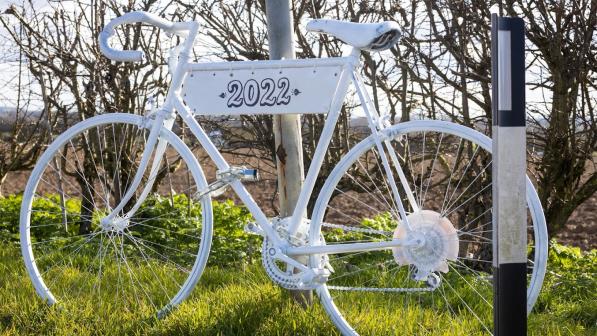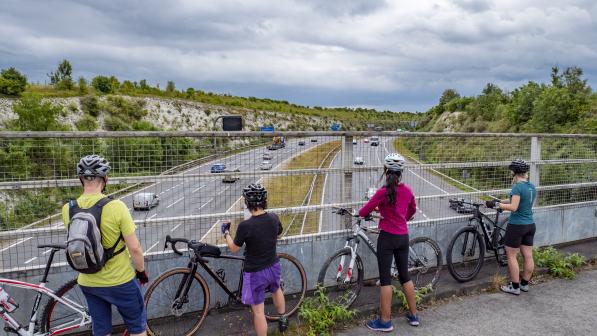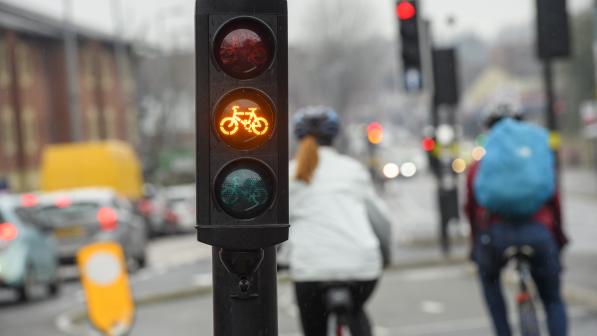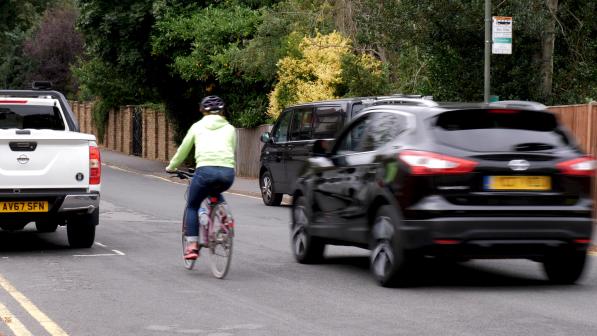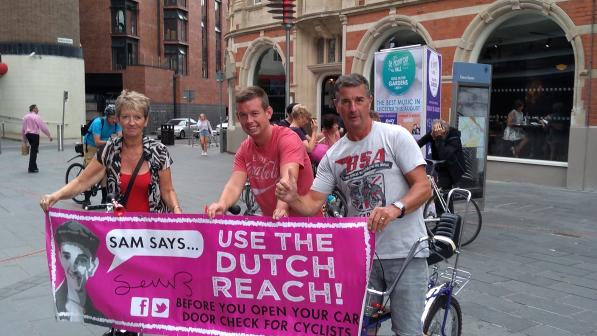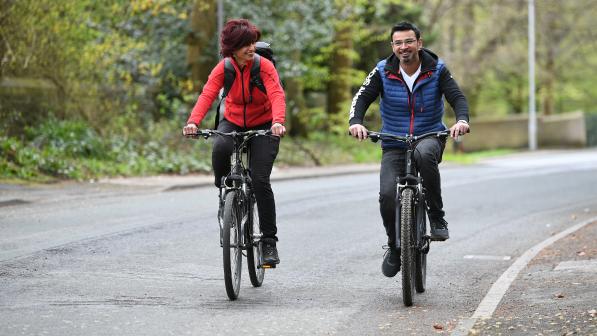Drop in cyclist fatalities must be a call to arms

In September, it will be 10 years since I first entered the peripheries of cycle campaigning – joining 5,000 others in a ‘space for cycling’ demonstration that packed the streets around Westminster. The peaceful and well-natured protest followed a series of deaths on London’s roads that summer. A few of months later, six cyclists would die in London inside 14 days.
The shocking deaths, and the regular protests in response, were a catalyst for change. Riding through London today, the difference is staggering. A block of cyclists packing the carriageway from kerb to kerb is no longer a protest – it’s just a normal, everyday part of London life.
Quality cycle lanes abound, lorries in the city have been made significantly safer, and the people cycling are increasingly reflective of London’s ethnic diversity.
Now that I live outside the capital, it’s easy to fall into the ‘London’s different’ mind trap and imagine that similar changes can’t be achieved across the UK. Yet commentary from 2013 shows there was still a huge argument to be won against a prevailing view that segregated cycle lanes in London just wouldn’t work. London’s cycling network – while still far from perfect – is now one of the best in Europe.
In memoriam
But it is a travesty that it took death after death to trigger that change, and sadly the coming week also marks the anniversaries of two cyclists whose lives were tragically cut short by collisions involving motor vehicles.
Monday 31 July will mark 10 years since former Cycling UK (then called the CTC) councillor John Radford was knocked from his bike by Michael Gledhill. He never recovered from his injuries, and his family spent more than two years fighting for justice until Gledhill finally plead guilty to causing death by dangerous driving.
A ride in his memory will leave from Huddersfield train station on Monday 31 July – whether you knew him or not, if you can join, please do.
On Saturday 29 July, a ride will also be held in memory of Sam Boulton in Leicester. Sam was killed on his 26th birthday in July 2016 when a taxi passenger opened their door and knocked him into the path of another vehicle.
The driver and passenger were both convicted of ‘car dooring’, but Sam’s family, and Cycling UK, have continued to campaign for more action to tackle people opening their doors without looking for cyclists.
The inclusion of the Dutch Reach in the updated Highway Code was a huge step forward, but we still have a car-dooring offence with a maximum penalty of a £1,000 fine, even where a cyclist is seriously injured or killed.
At the time of Sam’s death, Cycling UK asked: “How many Sam Boultons have to die before government takes note, and stops treating avoidable deaths as ‘accidents’?”. Clearly, far too many. Hundreds of cyclists have died since then.
Lower death rate
In that context, the recent news that the fatality rate of people cycling on Britain’s roads is lower than it’s been for at least 30 years is one that triggers mixed emotions. Each of the 85 cyclist deaths in 2022 is a tragedy – another Sam Bouton, another John Radford. Another life cut short. Another family plunged into turmoil and grief.
But, at the same time, the fact that both fatality and casualty rates for every mile cycled are dropping must be embraced as evidence that these tragedies are not inevitable. People don’t have to die on our roads.
My message to politicians at all levels is this: let’s not wait for the next tragedy as the catalyst for action
Keir Gallagher, campaigns manager
It’s a feature of human psychology that we have the strongest emotional reaction to bad news, but anyone who wants safer cycling – and that includes politicians at all levels – should see this tentatively positive news as a catalyst for action.
Just as thousands came together in London to argue against the status quo that cycle lanes wouldn’t work, we must come together to argue what the evidence already shows – that interventions to make cycling safer do work.
No one can point to one reason for the drop – we can’t yet even say with confidence that it’s anything more than a blip. During the peak of the Covid-19 pandemic, much was made of the ‘Swiss cheese’ model of disease prevention – face masks, hand sanitiser, social distancing, open windows, vaccines – only through a range of measures could we reduce infection rates.
The virus might pass through one ‘hole’ in the Swiss cheese, but might be stopped by the next, or the next.
Range of interventions
Road danger reduction can be seen in a similar light. Cycle lanes, people-friendly neighbourhoods, a new Highway Code, 20mph zones, action on close passing – no single measure will end road deaths, but a range of interventions together can.
In road safety jargon, this is a ‘safe system’ – a system which accepts human error and the fragility of the human body, and which is designed from top to bottom to reduce the risk of collisions occurring and reduce the risk of injury or death when they do occur.
The drop in fatality rates shows that road deaths are not inevitable. The countless tragedies behind the numbers show that such deaths should not be considered acceptable in our society.
My message to politicians at all levels is this: let’s not wait for the next tragedy as the catalyst for action. With political will and focused action, we can ensure this reduction in casualties becomes a trend towards zero, if we accelerate the roll out of cycle friendly interventions in towns, cities and rural communities.
It’s a message we’ll be taking to political parties at a national level over the coming months. But it’s also one you can take to your councillors today to encourage them to take positive action. Our Cycle Advocacy Network has the tools to help you do that today.
